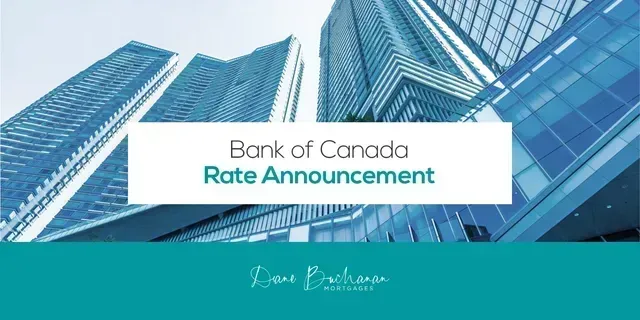More Changes to Mortgage Qualification on the Horizon?
Given the current economic environment in Canada, with record levels of household indebtedness and growing risks and vulnerabilities in some housing markets, OSFI’s supervisory scrutiny in the area of mortgage underwriting will continue.” This was included in Reinforcing Prudent Residential Mortgage Risk Management published early July by the Office of the Superintendent of Financial Institutions (OSFI).
The purpose of this nice and tidy piece of government correspondence is to inform the public that OSFI will be upping their game, paying closer attention to mortgage underwriting policies. And although no hard and fast rule changes were announced, an announcement of “hey, we are paying really close attention here” is typically not made unless there has been at least some thought about what the next steps might be (if required).
So let’s take a look at some of the potential changes the government could make to mortgage qualification.
Qualifying All Terms at the Benchmark Rate
As it stands right now, variable rate mortgages and fixed rate mortgages with terms of less than five years are qualified using the benchmark rate. The benchmark rate is set higher than the actual contract rate and is used to “stress test” mortgage applications.
In our current low interest rate environment, many Canadians see the five year fixed mortgage as a good choice simply because it qualifies using the contract rate instead of the benchmark rate. This means using the five year rate, borrowers can qualify for a lot more house compared to a shorter fixed term or variable rate mortgage.
Forcing all mortgages to be qualified at the benchmark rate could be on the horizon and would most likely lessen the appeal of the five year fixed rate.
Increasing the Benchmark Rate
If the goal is to tighten mortgage qualification, a simple way to do that would be to increase the benchmark slowly but surely. The higher the qualifying rate, the less you qualify for. Plain and simple. However as this might have other economic ramifications, we’ll just have to wait and see if this is in the government playbook.
Lower Debt Service Ratios
In order to qualify for a mortgage, you take your principal, interest, taxes, and heat and divide by your annual income, this is called your gross debt service ratio or GDS. When you add your other debt obligations to this calculation, it becomes your total debt service ratio or TDS.
Currently, for insured mortgages in Canada, your maximum GDS is limited to 39% while your TDS is capped at 42%.
A simple tweak to these numbers would have a pretty significant impact.
A Flat 10% Down Payment
If you remember, back in February of 2016, the government increased the minimum down payment amount. When purchasing a property, the first $500,000 requires a minimum of 5% down, whereas the portion of the purchase price above $500,000 now requires a 10% down payment.
Seeing as though the government just made these changes, it doesn’t seem likely that they would scrap them and simply introduce a flat 10% downpayment across the board, but you never know!
Regardless of what future changes are made to mortgage qualifications (if any) to address “our current economic environment”, you can count on us to make sure you are kept in the know.
If you need anything, please contact me , I’d love to hear from you!
This article originally appeared in the August 2016 Dominion Lending Centres Newsletter.




